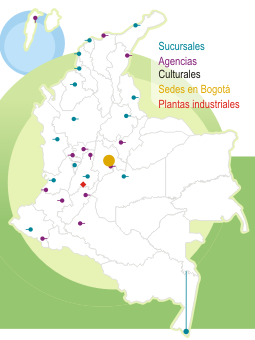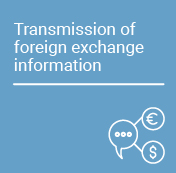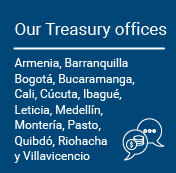Financial Markets Report – First Quarter 2025
The main purpose of these documents is to provide quarterly information on financial markets. Opinions and possible errors are the sole responsibility of the author and their contents do not compromise the Board of Directors of Banco de la República (the Central Bank of Colombia, Banrep).
During the first quarter of 2025 (1Q25), global economy began to slow down, contrasting with the resilience observed in previous periods. This change was associated to new trade tensions between the US and its main partners, resulting in a downward revision of global growth expectations and an increase in risk perception among investors. Additionally, this report includes an analysis of market movements during the early days of April, following the announcements regarding the US trade policy during that period.
Global growth expectations were revised downward, particularly for the US and its major trading partners, due to a deterioration in the external environment and increasing trade tensions.
- The adjustment in projections for developed economies reflects the uncertainty generated from trade policy announcements made by the new US administration.
- The international financial environment was marked by high volatility, driven by the growing uncertainty in both global commercial and fiscal areas.
- This uncertainty intensified after the implementation of new tariffs by the US in early April, causing significant adverse reactions across various international financial markets.
- So far in April, markets have shown an unusual performance: The US dollar has depreciated steadily, while Treasury bond yields (Treasuries) have increased, an unusual combination in a context of increased risk aversion.
Inflation continued to exceed the targets set by central banks in major developed economies after the rebound observed in the fourth quarter of 2024.
- In response to this environment, central banks in advanced economies adopted a cautious monetary policy stance, reflecting persistent inflationary pressures and global uncertainty arising from changes in trade policy.
- Some central banks, considering specific domestic conditions, continued to lower their interest rates despite the uncertain global environment.
- Monetary policy expectations were revised towards a path with deeper interest rate cuts, in a context of high volatility and uncertainty regarding economic growth and fiscal sustainability.
- In Latin America, inflation and inflation expectations showed a mixed performance, although they generally remained above the targets set by the region's central banks.
- In Colombia, although inflation continued its downward trend, upward surprises in January and February moderated the pace of correction and exerted upward pressure on inflationary expectations.
Locally, the Board of Directors of Banco de la República (the Central Bank of Colombia) maintained the Monetary Policy Rate (MPR) at 9.5%. This response is due to the slowdown in the reduction of inflation and inflation expectations at the beginning of the quarter, as well as signs of higher dynamism in economic activity.
- This decision reflected a cautious stance against the high levels of uncertainty, both locally and globally.
- Financial markets in Colombia continue to anticipate cuts in the MPR, although these expectations were adjusted towards smaller reductions than those projected at the end of 2024.
- In the first days of April, expectations for rate cuts intensified due to a greater global risk perception.
As for the debt markets, US Treasuries appreciated during 1Q25. However, they lost value in April following tariff announcements by the US administration.
- In Latin America, most sovereign bonds appreciated during the quarter, aligned with the movement of Treasuries and expectations of deeper cuts in monetary policy rates. However, this trend moderated in April due to an increase in global risk aversion.
- Contrasting with other countries in the region, Colombian government bonds continued the devaluation trend that began in 2024, reflecting domestic fiscal uncertainty, which was accentuated in April by rising external uncertainty.
- Despite the unfavorable international context, emerging countries continued to receive positive foreign portfolio investment inflows during 1Q25, extending the favorable trend observed throughout 2024.
- In Colombia, foreign investors partially reversed their selling trend in Colombian Treasury Securities (TES) observed since 2023 and increased their participation in the local public debt market.
- In early April, sales resumed in line with the greater global uncertainty.
Regarding the foreign exchange market, the US dollar weakened vis-a-vis currencies from both developed and emerging economies during 1Q25, driven by the expectation of an economic slowdown in the US, increased fiscal and trade concerns, and the possibility of lower rates by the Federal Reserve.
- Latin American currencies appreciated during the quarter, supported by domestic factors such as the adjustment of monetary policy expectations and corrective movements in their exchange rates.
- The Colombian peso appreciated in 1Q25, driven by the global weakening of the US dollar and the attractiveness of high local interest rates for international investors (carry trade).
- The peso began to depreciate during the first days of April, pressured by the rising global uncertainty and a decline in international oil prices.
Índice de recuadros del informe
Box 1: Characterization of the NDF (Non-Deliverable Forward) market for TES (only in Spanish)

































































